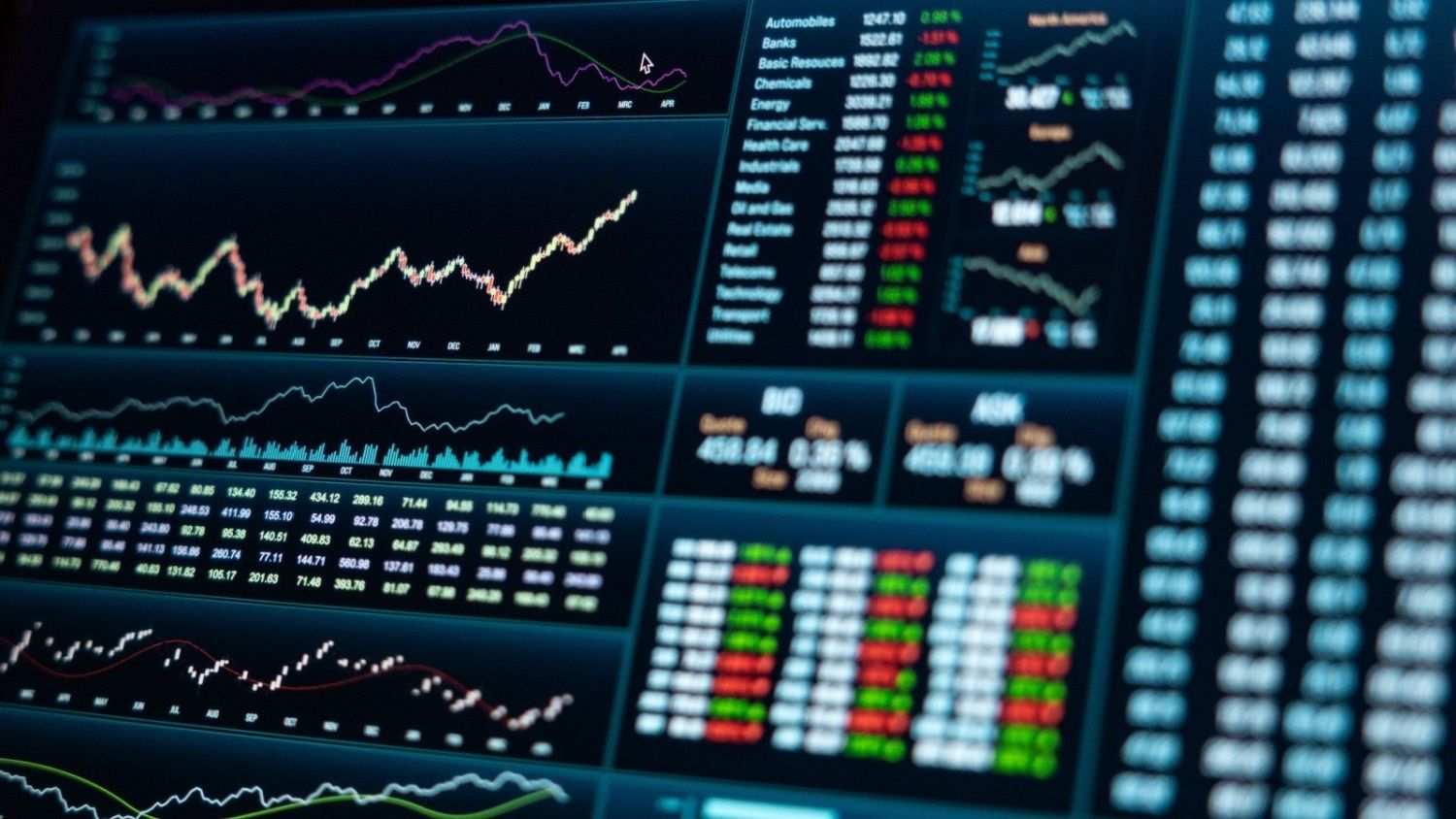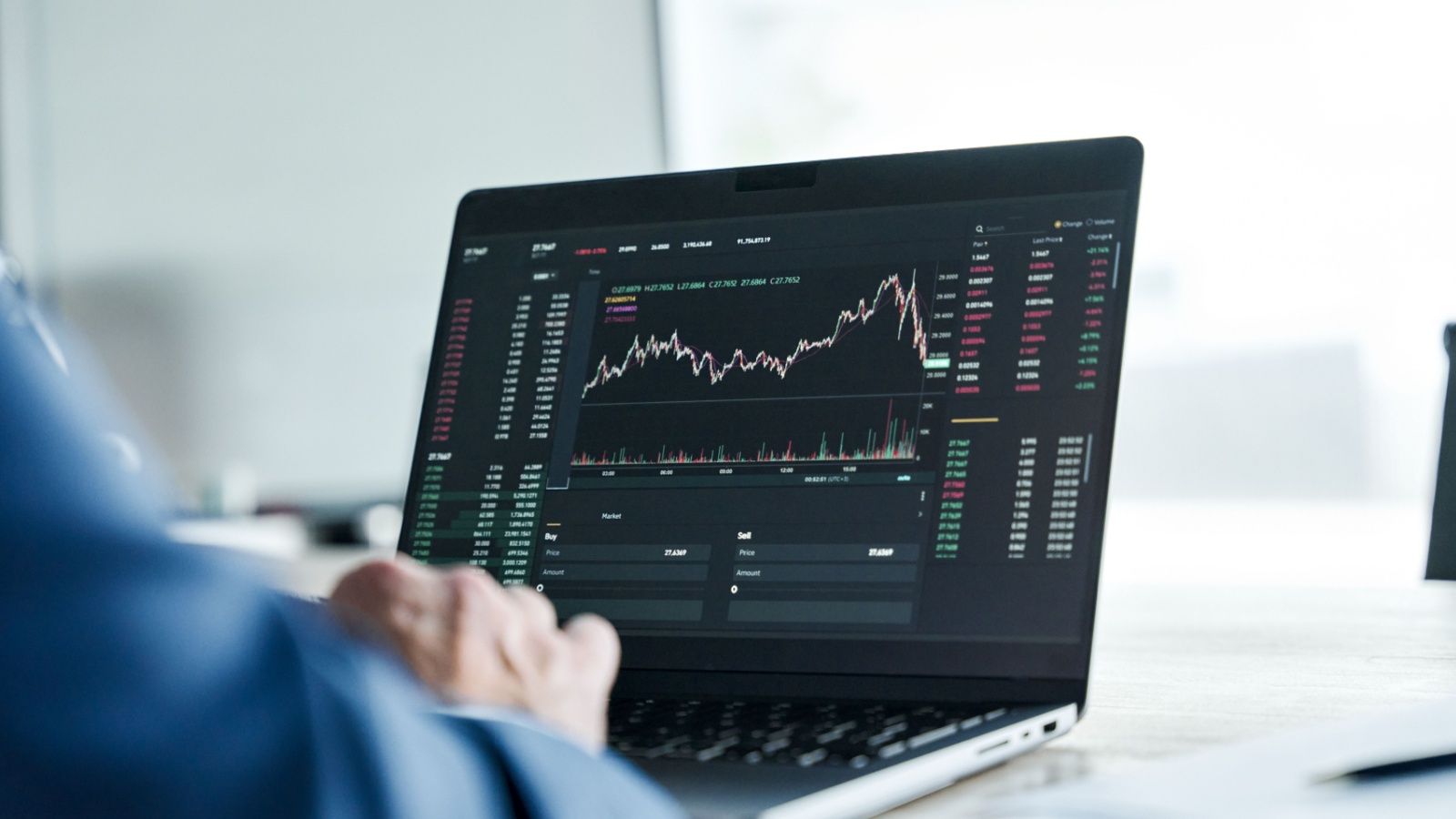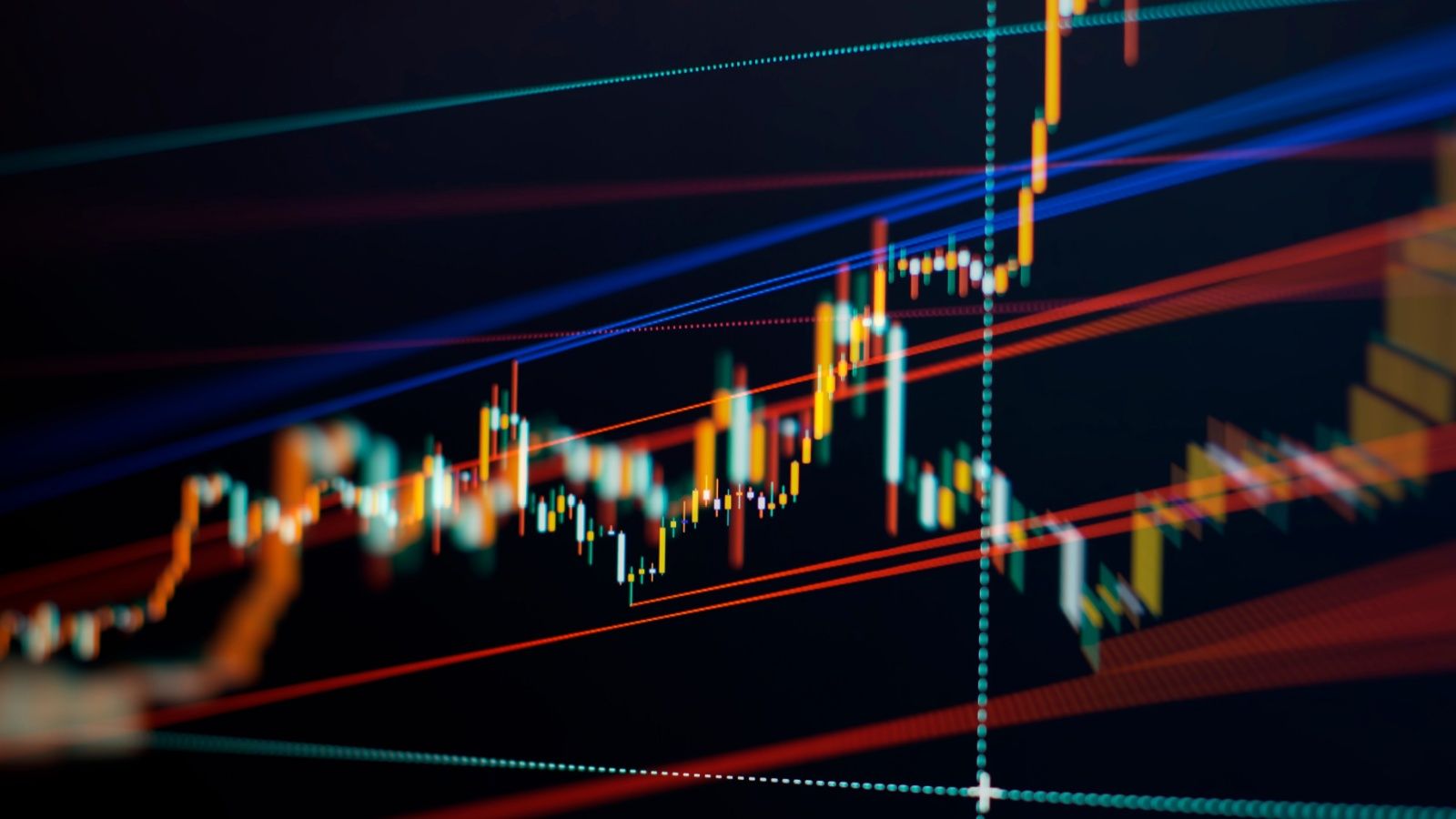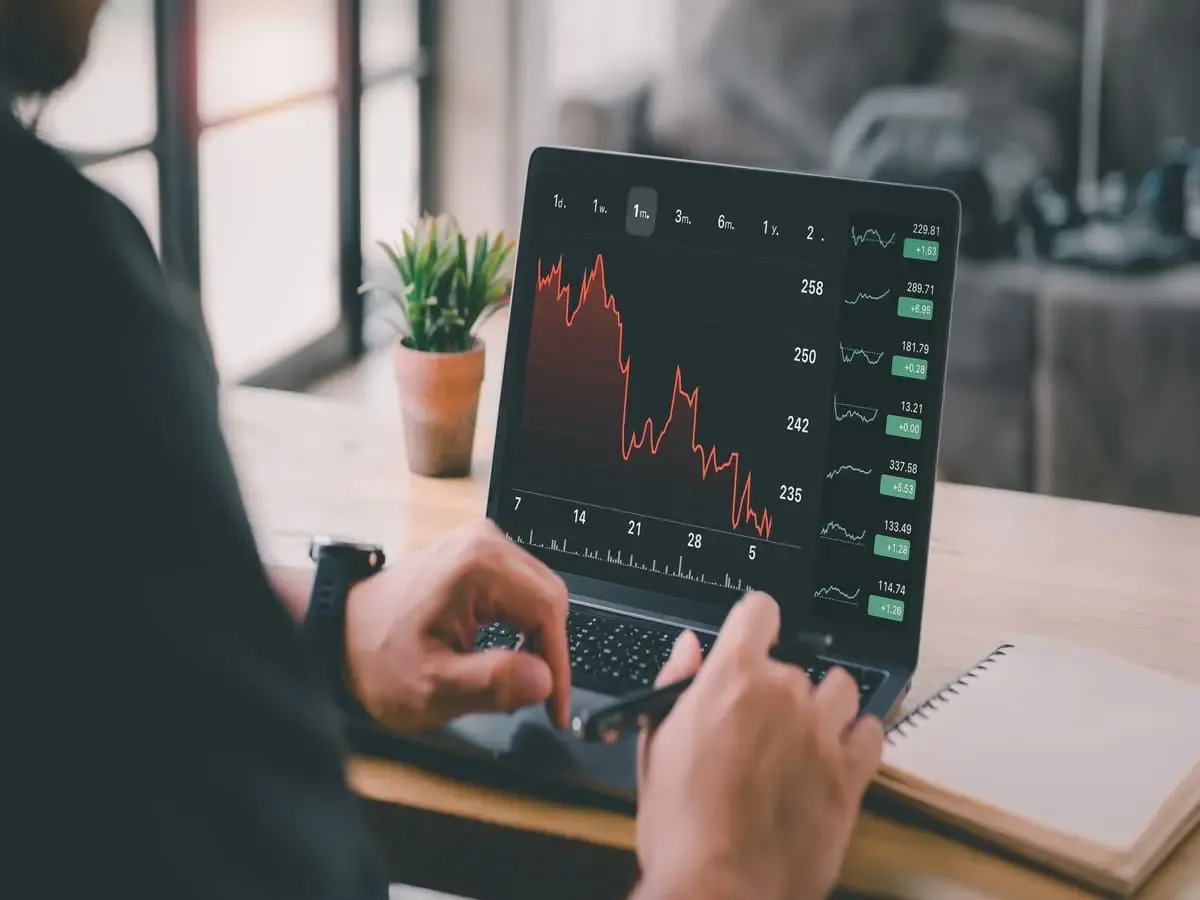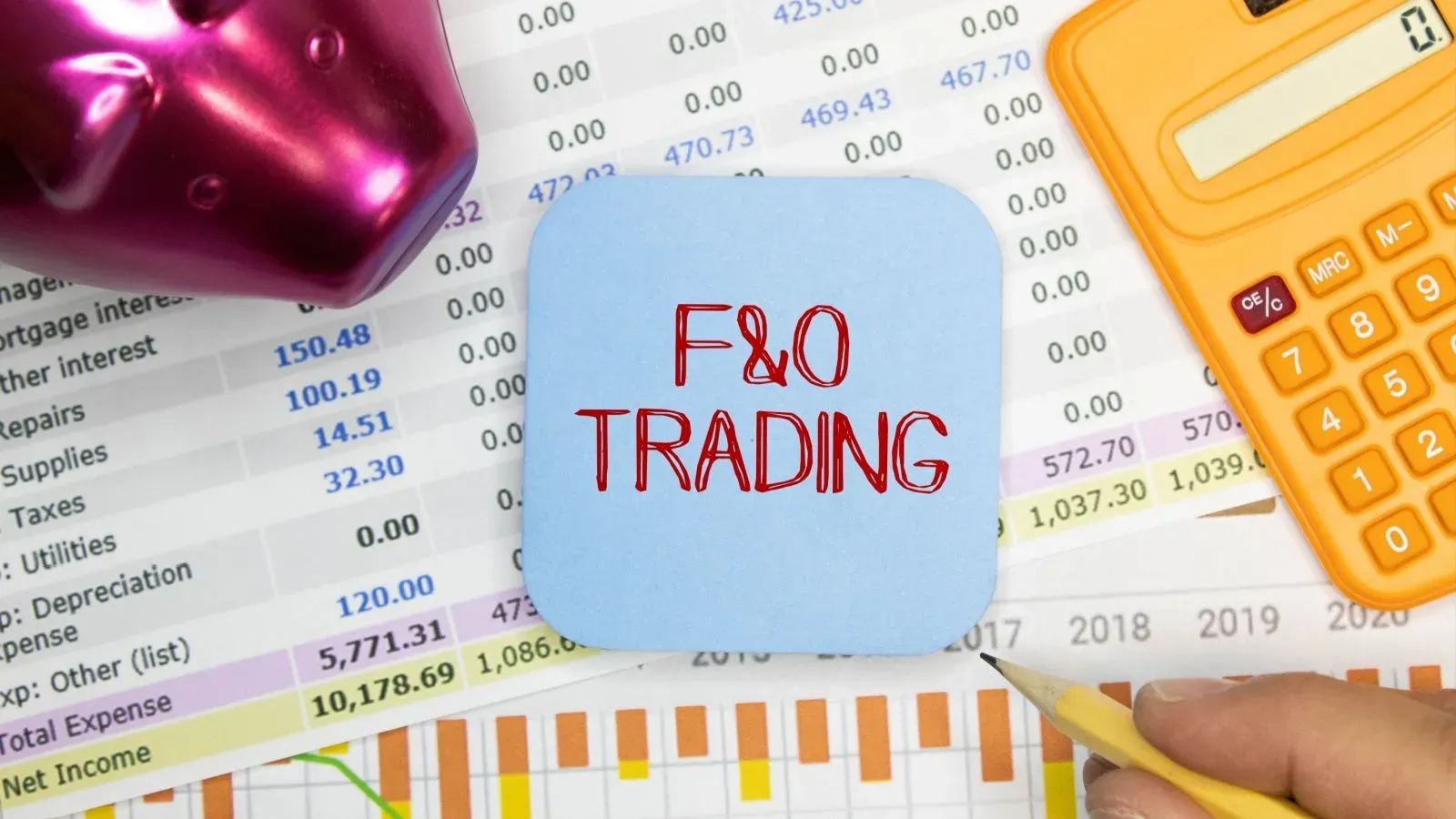What is Spot Price - Meaning, Examples, & How to Calculate
Written by Upstox Desk
Published on July 31, 2025 | 6 min read

A spot price in the share market refers to the current market price (CMP) of a security. It is dependent on the market forces of demand and supply as well the fundamentals of the company.
Basics of spot price
The trend formed by the spot price reflects market participant behavior. It varies every time the trade is transacted and is dependent on the number of buyers and sellers at a particular price point. The buyer puts up bids along with the quantity of shares to be bought, this is known as “bid quantity”, and sellers line up to sell the shares, this is referred to as “ask quantity”.
When there are more buyers, the bid quantity would also inflate, leading to more demand for underlying security and thus pushing up the spot price. Similarly, more sellers lining up to sell would lead to an accumulation of underlying security available to be sold. The increased availability of underlying security will outstrip the demand leading to lowering of prices.
| Spot price | Traded volume | Signal |
Up | Up | Bullish |
Up | Down | Mild bullish with caution |
Down | Up | Mild bearish with caution |
| Down | Down | Bearish |
How is spot price calculated?
The spot price refers to the price of a security in the spot market or cash market. A spot market or cash market is where the trades are transacted for the actual underlying security. The spot price reflects the true market price of the underlying asset and is the most essential component for determining the price of derivatives. This remains true for all instruments irrespective of the nature of asset viz; shares, currencies or commodities.
Spot price is also a function of the number of buyers and sellers interested in trading in a particular security, commonly referred to as market depth.
-price-of-reliance-industries_1753966141671.png)
Note: Spot (market) price of Reliance Industries
Spot price and futures price
Spot price is not to be mistaken with the futures price, as it refers to the price of the futures contracts in the derivative market. A derivative market is where the market participants buy and sell contracts for settlement on a predetermined date. It is often referred to as the F&O (futures & options) segment.
Difference between spot market and futures market
Here are a few key differences between spot and futures trading:
Point | Spot market | Futures market |
Financial Instrument | Shares | Futures |
| Purpose | Price discovery, change of ownership, speculation | Speculation, hedging, Portfolio building |
Corporate Actions Benefits | Yes | No |
| Margin Required | No | Yes |
Leverage | No | Yes |
| Company ownership | Yes | No, contract holder |
Holding period | Any time frame | Till contract expiry |
Settlement | T + 2 days | T + 1 day, from squaring off of position or expiry |
| Short selling | Intraday; mandatory square off during the trading session | Position can be carried till the expiry of contract |
It is observed that there is a variance in the spot price and future price of the corresponding underlying security. This difference is known as the basis.
Basis = Futures price - Spot price
What does spot price mean for Investors?
Let's understand how spot and futures prices work and what it means for an investor with the help of an example.
Scenario 1
If RIL shares are currently trading (spot price) at ₹2,500 and RIL futures are trading (futures price) at ₹2,505. Basis = Futures price - Spot price = ₹2,505 - ₹2,500 = ₹5. Here, spot price is less than futures price i.e. futures price > spot price.
As RIL futures are trading higher than the RIL spot, the RIL futures are said to be trading at “contango". When the basis is positive, it's referred to as “premium”. Both contango and premium are used interchangeably and have the same inference and meaning.
Scenario 2
If RIL shares are currently trading (spot price) at ₹2,450 and RIL futures are trading (futures price) at ₹2,447. Basis = futures price - spot price = ₹2,447 - ₹2,450 = - ₹3. Here, futures price is less than spot price i.e. futures price < spot price.
As RIL futures are trading lower than the RIL spot, this is called “backwardation”. Also, when the basis is negative, it’s referred to as “discount”.
Spot price and Arbitrage
The change in the amount of premium or discount, i.e. basis, results in arbitrage trade opportunities. Arbitrage arises from a price differential between spot and futures. Such differences only last for a few minutes as traders take advantage of opportunities and close the gap in differential prices. Arbitrage by nature is risk-free, and therefore trading opportunities if any would last for a very short time. At the expiry of the contract, the futures price will always converge on the spot price, irrespective of premium or discount on the underlying security.
As seen in the above example, the basis or the spread between underlying security price and the corresponding derivative can be positive, negative or zero. The difference between the futures and spot prices is generally positive, i.e. futures are always at a premium. This is on account of cost of carry (or CoC). The cost of carry generally implies the opportunity cost of the margin deployed.
What is spot price in options?
Spot price in options is used as an indicator. The moneyness of options is determined by comparing the spot price with the strike price of the option.
Call option | Moneyness of options | Put option |
Strike price < spot price | In the money | Strike price > spot price |
Strike price = spot price | At the money | Strike price = spot price |
| Strike price > spot price | Out of the money | Strike price < spot price |
About Author
Upstox Desk
Upstox Desk
Team of expert writers dedicated to providing insightful and comprehensive coverage on stock markets, economic trends, commodities, business developments, and personal finance. With a passion for delivering valuable information, the team strives to keep readers informed about the latest trends and developments in the financial world.
Read more from UpstoxUpstox is a leading Indian financial services company that offers online trading and investment services in stocks, commodities, currencies, mutual funds, and more. Founded in 2009 and headquartered in Mumbai, Upstox is backed by prominent investors including Ratan Tata, Tiger Global, and Kalaari Capital. It operates under RKSV Securities and is registered with SEBI, NSE, BSE, and other regulatory bodies, ensuring secure and compliant trading experiences.






